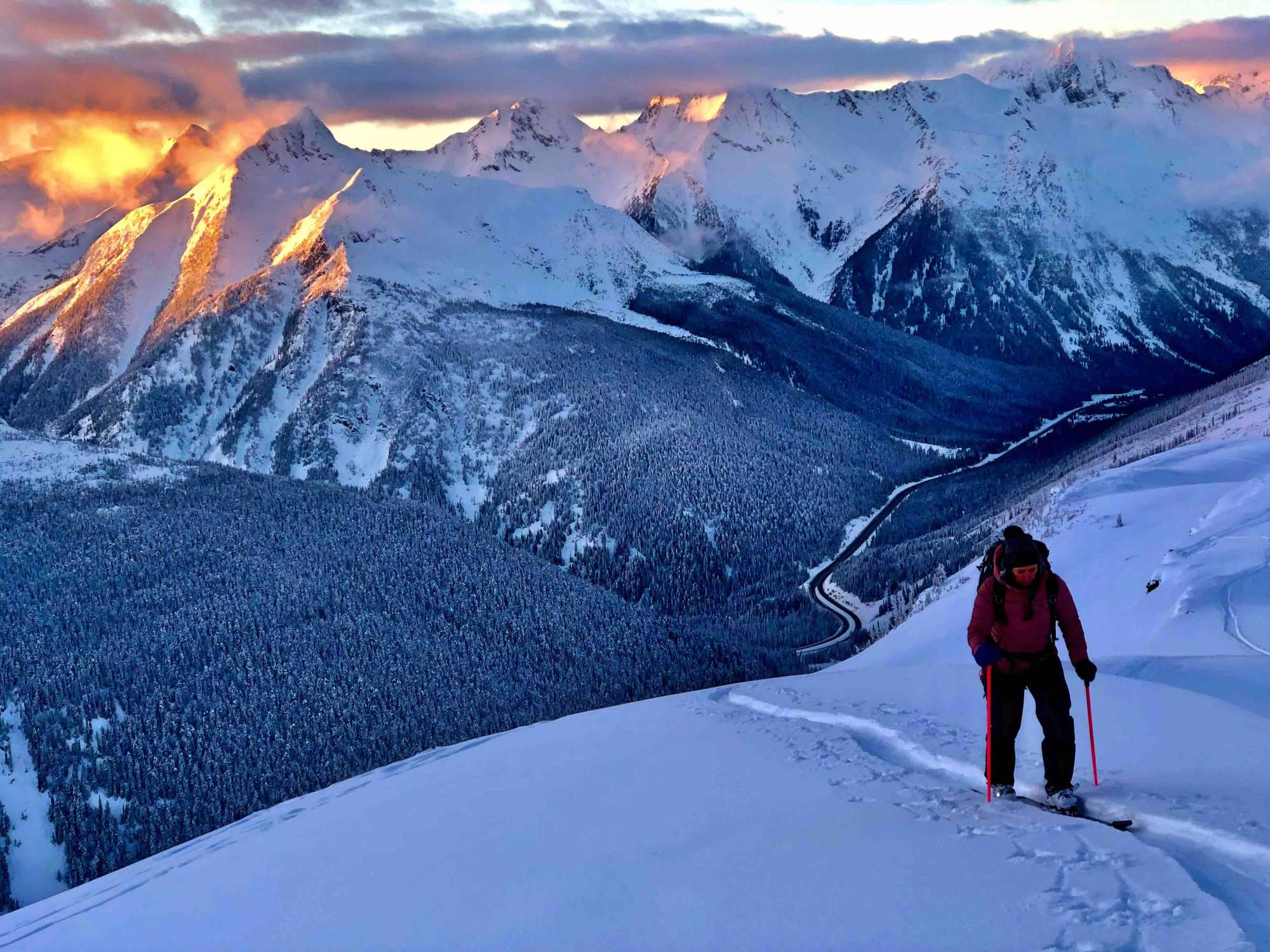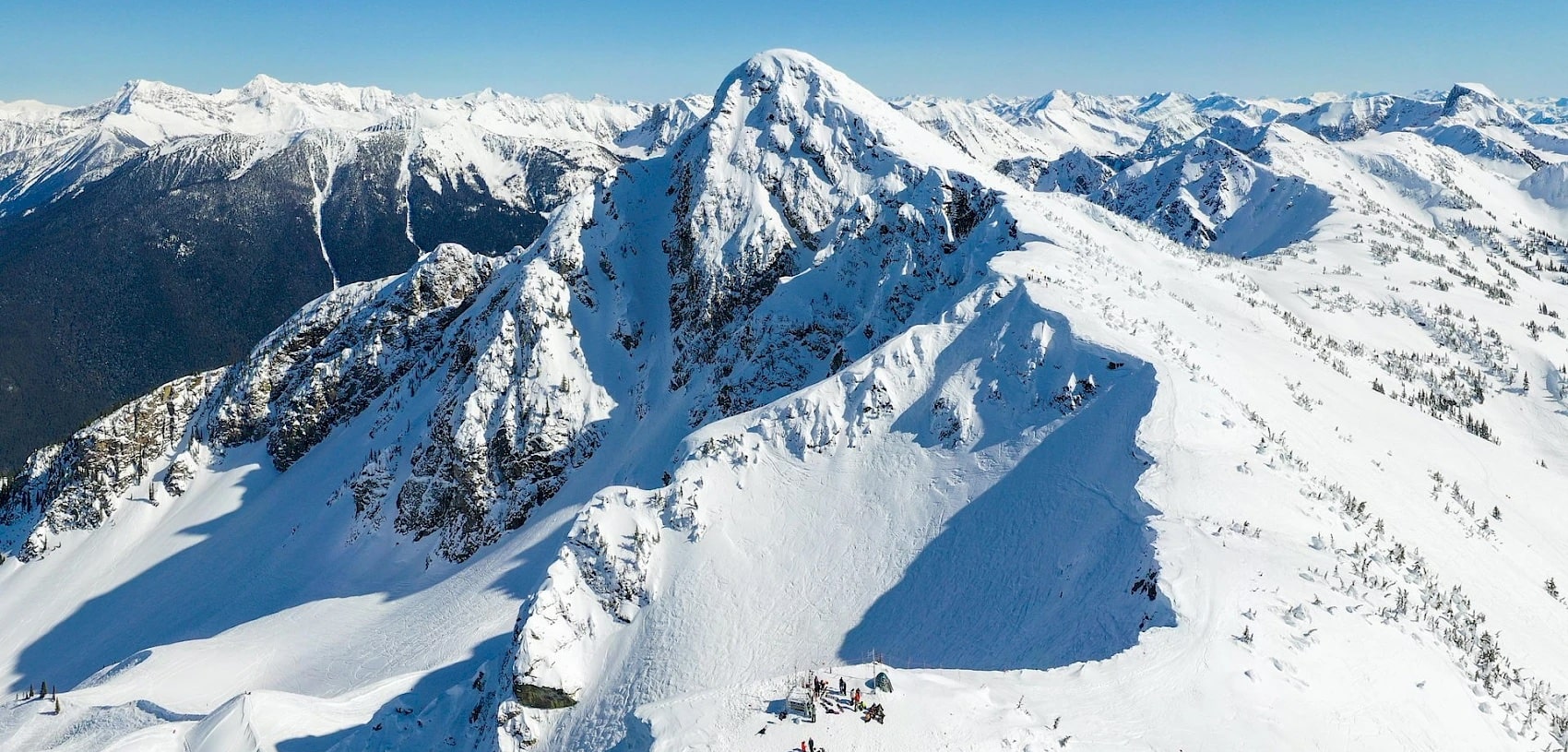Minimize Your Carbon Footprint — Rethinking your Ski Vacation – SnowBrains
Minimize Your Carbon Footprint — Rethinking your Ski Vacation SnowBrains


Professional Skier Creates “Green Ski-cation” to Address Carbon Footprint

Introduction: As a professional skier, traveling across the globe for skiing purposes is a common occurrence. However, the carbon dioxide (CO2) emissions associated with flying are often overlooked. On average, each passenger emits 50-100kg of CO2 per hour of flight. Recognizing this issue, professional skier Greg Hill, known for his world records in climbing and skiing, has developed the concept of a “green ski-cation” to address the environmental impact of ski travel.
Analysis of Carbon Footprint:
- Hill conducted an analysis of his own carbon footprint, considering his travel for ski trips, hours spent driving to ski destinations in his F350 truck, and the use of snowmobiles.
- He observed a discrepancy between the benefits he gained from skiing in nature and the transportation methods he used to access those benefits.
The Concept of a Green Ski-cation:
- Hill developed the idea of a green ski-cation to help skiing enthusiasts examine their carbon footprint and learn how to reduce emissions in all aspects of their lives.

Components of the Green Ski-cation:
- Pre-trip carbon footprint calculation.
- Four days of skiing, including the option to ski at Revelstoke Mountain Resort, which operates on electric power.
- Final analysis of participants’ carbon footprint and suggestions for making changes in their daily lives.
Objective: The goal of the green ski-cation is to raise awareness about individual carbon footprints and encourage conversations about sustainable practices, such as using electric cars and renewable energy sources, among participants.
Importance of Sustainability in Ski Towns: Hill believes that ski towns like Revelstoke should prioritize sustainability efforts, as tourists visit these destinations to experience nature. By promoting sustainability, these towns can educate visitors on ways to improve their carbon footprints even after leaving the mountains.

You might also like:
SDGs, Targets, and Indicators Analysis
1. Which SDGs are addressed or connected to the issues highlighted in the article?
- SDG 13: Climate Action
- SDG 11: Sustainable Cities and Communities
- SDG 12: Responsible Consumption and Production
- SDG 15: Life on Land
The article discusses the connection between ski travel and CO2 emissions, the need for sustainable transportation methods, and the importance of promoting sustainability in ski towns. These issues align with the goals of SDG 13 (Climate Action), SDG 11 (Sustainable Cities and Communities), SDG 12 (Responsible Consumption and Production), and SDG 15 (Life on Land).
2. What specific targets under those SDGs can be identified based on the article’s content?
- SDG 13.2: Integrate climate change measures into national policies, strategies, and planning.
- SDG 11.6: Reduce the adverse per capita environmental impact of cities, including by paying special attention to air quality and municipal and other waste management.
- SDG 12.8: Ensure that people everywhere have the relevant information and awareness for sustainable development and lifestyles in harmony with nature.
- SDG 15.5: Take urgent and significant action to reduce the degradation of natural habitats, halt the loss of biodiversity, and protect and prevent the extinction of threatened species.
Based on the article’s content, the targets mentioned above are relevant to addressing the issues of integrating climate change measures into ski travel policies, reducing environmental impacts of ski towns, promoting awareness of sustainable development, and protecting natural habitats.
3. Are there any indicators mentioned or implied in the article that can be used to measure progress towards the identified targets?
- Carbon footprint calculation for ski trips and transportation methods.
- Reduction in CO2 emissions per passenger flight hour.
- Percentage of ski lifts and gondolas powered by renewable energy.
- Number of electric cars rented for transportation.
- Changes in carbon footprint analysis and awareness among ski tourists.
The article implies several indicators that can be used to measure progress towards the identified targets. These indicators include carbon footprint calculations, reduction in CO2 emissions, the percentage of renewable energy-powered ski lifts and gondolas, the number of electric cars used for transportation, and changes in carbon footprint analysis and awareness among ski tourists.
4. Table: SDGs, Targets, and Indicators
| SDGs | Targets | Indicators |
|---|---|---|
| SDG 13: Climate Action | 13.2: Integrate climate change measures into national policies, strategies, and planning. | – Carbon footprint calculation for ski trips and transportation methods. – Reduction in CO2 emissions per passenger flight hour. |
| SDG 11: Sustainable Cities and Communities | 11.6: Reduce the adverse per capita environmental impact of cities, including by paying special attention to air quality and municipal and other waste management. | – Percentage of ski lifts and gondolas powered by renewable energy. – Number of electric cars rented for transportation. |
| SDG 12: Responsible Consumption and Production | 12.8: Ensure that people everywhere have the relevant information and awareness for sustainable development and lifestyles in harmony with nature. | – Changes in carbon footprint analysis and awareness among ski tourists. |
| SDG 15: Life on Land | 15.5: Take urgent and significant action to reduce the degradation of natural habitats, halt the loss of biodiversity, and protect and prevent the extinction of threatened species. | – Changes in carbon footprint analysis and awareness among ski tourists. |
Behold! This splendid article springs forth from the wellspring of knowledge, shaped by a wondrous proprietary AI technology that delved into a vast ocean of data, illuminating the path towards the Sustainable Development Goals. Remember that all rights are reserved by SDG Investors LLC, empowering us to champion progress together.
Source: snowbrains.com

Join us, as fellow seekers of change, on a transformative journey at https://sdgtalks.ai/welcome, where you can become a member and actively contribute to shaping a brighter future.







